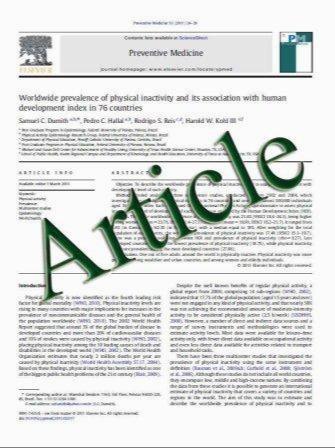Current strategy for triple-negative breast cancer: appropriate combination of surgery, radiation, and chemotherapy
- نوع فایل : کتاب
- زبان : انگلیسی
- مؤلف : Hiroshi Yagata Yuka Kajiura Hideko Yamauchi
- چاپ و سال / کشور: 2011
Description
Triple-negative breast cancer (TNBC) often grows rapidly and has poor outcomes, with a high recurrence rate and a short interval between recurrence and death. New molecular-targeted therapies are being developed, but cannot be used at present. Other strategies for the management of TNBC are needed. TNBC is characterized by an expanding growth pattern without extensive intraductal spread and is a good candidate for breast-conserving therapy (BCT) with sufficient margins. The local recurrence rate after BCT is not high as those of other subtypes of breast cancer. In contrast, the regional recurrence rate is higher in TNBC than in other subtypes. Sentinel node biopsy and axillary resection should therefore be performed with the upmost caution. Radiation therapy has been shown to be useful for the management of TNBC. Radiation therapy of the chest wall after mastectomy and the regional area as well as the breast after breast-conserving surgery should be considered. Chemotherapy is the only systemic treatment available for TNBC. In our hospital, a combination of cyclophosphamide, epirubicin, and 5-fluorouracil (FEC) followed by docetaxel (DTX) or DTX followed by FEC has been used to treat tumors more than 2 cm in diameter or node-positive breast cancer. Neoadjuvant chemotherapy with these regimens has produced pathological complete response (pCR) rates higher than 20% in patients with TNBC, regardless of the specific order of agents. Tumors tend to shrink towards their center and can be a good indication for BCT. After 3 years, a pCR is associated with good outcomes, whereas a non-pCR sometimes results in distant recurrence, even when residual tumor is minimal. Patients should be closely observed during neoadjuvant chemotherapy. If there is any evidence of tumor progression, the chemotherapeutic regimen should be modified or surgery performed, without losing the opportunity to administer potentially effective treatment. Several studies indicate that neoadjuvant chemotherapy with platinum-based regimens is effective for TNBC and is thus an important treatment option. We have used regimens combining epirubicin and cyclophosphamide (EC) to treat tumors 1–2 cm in diameter without node metastasis, and 2 of 21 patients presented with distant metastases (disease-free interval, 2 and 5 years). We have not used systemic therapy to treat tumors 1 cm or less in diameter without node metastasis, and all 8 patients are alive without recurrence for more than 4 years. After distant recurrence in patients with TNBC, the same chemotherapeutic agents as those used for other subtypes of breast cancer are recommended, but the response is often disappointing, leading to poor outcomes. TNBC presents with different clinical features from other subtypes. The treatment strategy should be selected according to the characteristics of the specific subtype of breast cancer.
Breast Cancer (2011) 18:165–173 DOI 10.1007/s12282-011-0254-9 Received: 21 December 2010 / Accepted: 28 December 2010 / Published online: 3 February 2011 The Japanese Breast Cancer Society 2011


